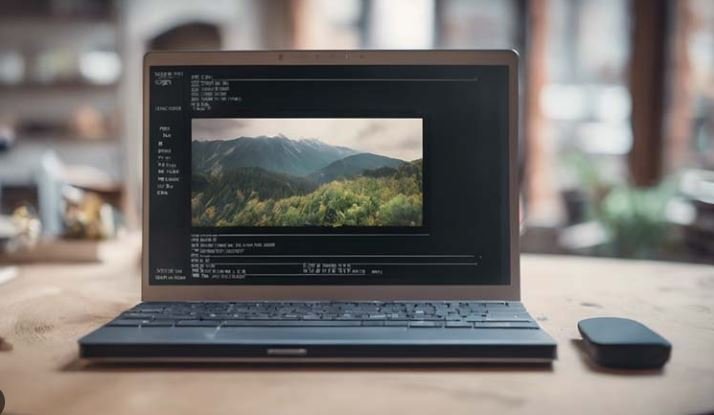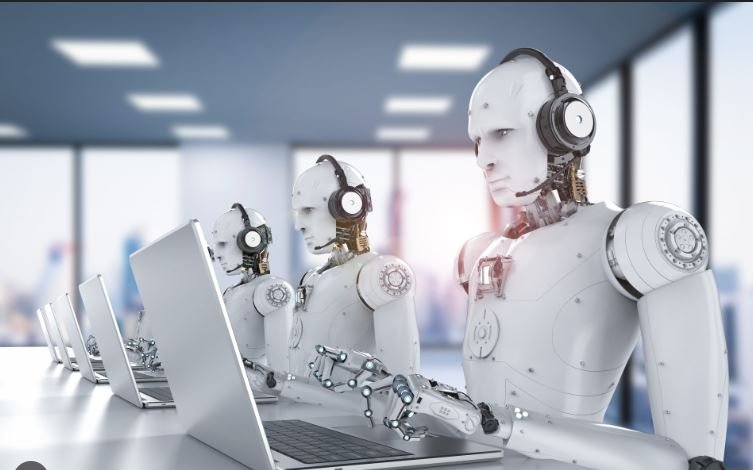User interfaces are crucial in computing, providing the means for users to interact with software and hardware. Two of the most common types of interfaces are the Command-Line Interface (CLI) and the Graphical User Interface (GUI). Each has its own set of advantages and challenges, and understanding these can help in choosing the right tool for the task. Here’s a detailed comparison of CLI and GUI.
1. What is a Command-Line Interface (CLI)?
A Command-Line Interface (CLI) is a text-based interface where users interact with the computer by typing commands into a terminal or command prompt. Commands are executed by pressing Enter, and the system responds with text-based output.
Key Features:
- Text-Based: Users input commands as text and receive text-based responses.
- Scripting and Automation: CLI supports scripting and automation, allowing users to write scripts for repetitive tasks.
- Resource Efficiency: CLI requires fewer system resources compared to GUI, making it suitable for resource-constrained environments.

Advantages:
- Efficiency for Advanced Users: Experienced users can perform complex tasks more quickly through command inputs and keyboard shortcuts.
- Powerful Automation: CLI excels in automation through scripting, making it ideal for managing large-scale systems and performing batch operations.
- Low Resource Consumption: CLI interfaces are lightweight and require minimal system resources, which can be advantageous on older or less powerful hardware.
Disadvantages:
- Steep Learning Curve: CLI commands and syntax can be difficult to learn for beginners. Mastery requires practice and familiarity with command structures.
- Lack of Visual Feedback: CLI lacks visual elements, which can make it harder to understand complex tasks or troubleshoot issues without specific commands.
2. What is a Graphical User Interface (GUI)?
A Graphical User Interface (GUI) is a visual-based interface that allows users to interact with the computer using graphical elements such as windows, icons, buttons, and menus. Users perform tasks by clicking on these elements using a mouse or touch input.
Key Features:
- Visual Interaction: Users interact with the system through graphical elements, which can be more intuitive and user-friendly.
- WYSIWYG (What You See Is What You Get): GUIs often provide a direct representation of the work being done, which helps in understanding and managing tasks.
- Drag-and-Drop: GUIs support drag-and-drop functionality, making it easier to manipulate files and objects.
Advantages:
- User-Friendly: GUIs are generally easier to use and understand, especially for beginners. They provide visual feedback that makes interactions more intuitive.
- Rich Media: GUIs support rich media elements such as images, videos, and animations, enhancing user experience and interaction.
- Reduced Learning Curve: The visual nature of GUIs simplifies learning and reduces the need to memorize commands, making it accessible to a broader audience.
Disadvantages:
- Resource Intensive: GUIs require more system resources (CPU, memory, and graphics) compared to CLI, which can be a drawback on less powerful hardware.
- Less Efficient for Power Users: Performing complex tasks may be slower in a GUI compared to a CLI, where commands and scripts can be executed more quickly.
3. Use Cases and Best Applications
Both CLI and GUI have specific scenarios where they excel:
- Command-Line Interface (CLI):
- System Administration: CLI is ideal for managing servers and performing administrative tasks where efficiency and automation are crucial.
- Development and Scripting: Developers and IT professionals use CLI for scripting and coding due to its precision and automation capabilities.
- Remote Access: CLI is often used for remote management of systems where graphical elements are impractical.
- Graphical User Interface (GUI):
- End-User Applications: GUIs are preferred for applications where user interaction and visual feedback are important, such as office productivity tools, web browsers, and graphic design software.
- Design and Multimedia: GUIs are essential for creative tasks like graphic design, video editing, and multimedia management, where visual elements are central.
- General Use: GUIs are typically used in everyday computing tasks by non-technical users due to their ease of use and visual appeal.
4. Integration and Hybrid Approaches
In many modern computing environments, CLI and GUI are not mutually exclusive. Many systems and applications offer hybrid approaches:
- Integrated Tools: Some applications provide both CLI and GUI options, allowing users to choose based on their preference or task requirements.
- GUI for CLI Tools: Tools and environments that offer GUIs for configuring and managing CLI-based applications help bridge the gap between usability and functionality.
Conclusion
Both Command-Line Interfaces (CLI) and Graphical User Interfaces (GUI) play important roles in computing, each with its own strengths and weaknesses. CLI excels in efficiency, automation, and resource management, making it ideal for advanced users and system administrators. GUI, on the other hand, offers a user-friendly experience with visual elements that simplify interactions and enhance productivity for general users. Understanding the strengths of each interface helps in choosing the right tool for the task, whether it’s managing systems, developing software, or performing everyday computing tasks.



















